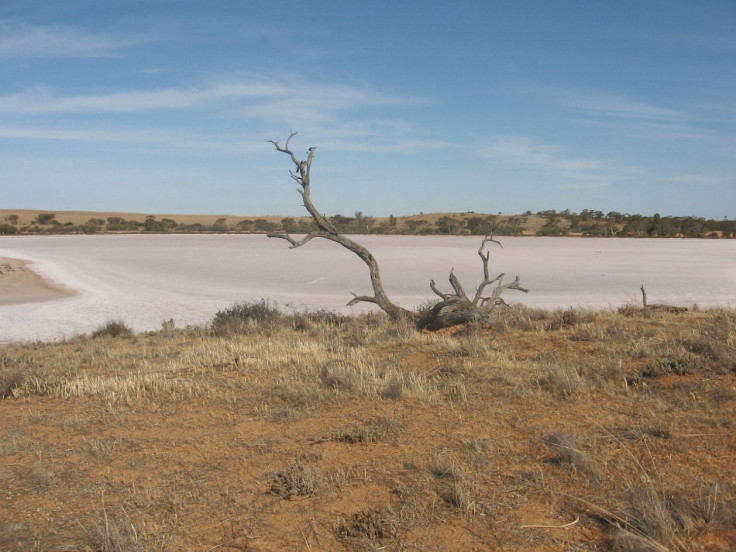Science explains why salt lakes turn rosy pink

When a lake in Westgate Park, Melbourne, turned rosy pink early in March, it became a hot topic of discussion online. Science has offered an explanation on why some salt lakes deviate from the usual blue or green to pink.
It is an outcome of natural systems. Red algae (Dunaliella salina) that grows in the salt crust at the bottom of the lake manufactures the red pigment called carotenoids, giving the lake its bright pink hue. The beta carotene produced by algae happens to be the same reason why the feathers and tissues of the flamingo are pink. The feathery species eat algae laden with beta carotene.
Interplay of factors
Parks Victoria, the statutory authority that ensures that the Australian park is healthy and resilient for current and future generations, noted that the naturally occurring phenomenon has been exacerbated by the very high levels of salt in the water and the extremely hot temperature. “It’s the equivalent of having a desert, pink lake right in Central Park,” said Mark Norman, a conservation biologist for Parks Victoria. The place’s surreal natural beauty is set against a backdrop of picturesque views of Yarra and the city skyline, making it a perfect spot for picnics with family or friends.
Novel and enticing as Westgate Park’s salt lake may seem, it is not a good spot for swimming. Park authorities have advised the public not to take a dip in the lake that has a very high salinity level. The lake will revert to its usual color when the weather cools and rainfall comes, sometime in June.
Australia has been experiencing days of extreme heat and scorching heatwaves, thereby increasing risks to critical infrastructure, health and ecosystems, the recent Climate Council report said.
There are other places in Australia where pink lakes can be seen. Among these is the Murray Sunset National Park located in the far northwest corner of Victoria. The unusual colouring of this lake changes from a deep pink to a bright white. Other spots like the Hutt Lagoon and Lake Hillier in the western part of Australia also beckon.
Pinkish salt lakes are an occurrence not unique to Australia, the New York Times reports. Across the world, lakes with varying shades or pink or red can be found in Senegal, Spain, Tanzania, Kenya, Bolivia and Mexico, among other countries. The carotenoid pigments originating from the lakes are sometimes used for commercial purposes like flavoring or dyeing foodstuff and pharmaceuticals.





















